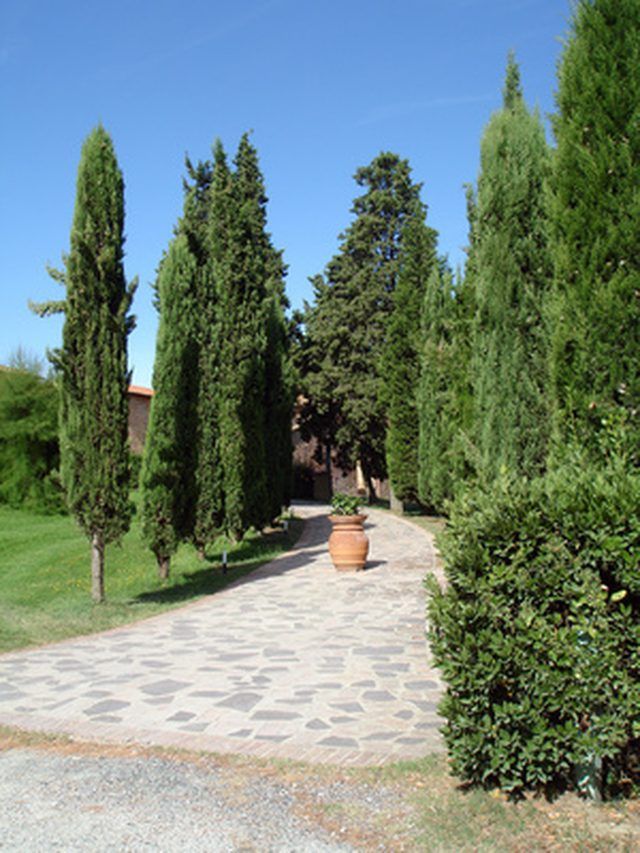Bulbs
Flower Basics
Flower Beds & Specialty Gardens
Flower Garden
Garden Furniture
Garden Gnomes
Garden Seeds
Garden Sheds
Garden Statues
Garden Tools & Supplies
Gardening Basics
Green & Organic
Groundcovers & Vines
Growing Annuals
Growing Basil
Growing Beans
Growing Berries
Growing Blueberries
Growing Cactus
Growing Corn
Growing Cotton
Growing Edibles
Growing Flowers
Growing Garlic
Growing Grapes
Growing Grass
Growing Herbs
Growing Jasmine
Growing Mint
Growing Mushrooms
Orchids
Growing Peanuts
Growing Perennials
Growing Plants
Growing Rosemary
Growing Roses
Growing Strawberries
Growing Sunflowers
Growing Thyme
Growing Tomatoes
Growing Tulips
Growing Vegetables
Herb Basics
Herb Garden
Indoor Growing
Landscaping Basics
Landscaping Patios
Landscaping Plants
Landscaping Shrubs
Landscaping Trees
Landscaping Walks & Pathways
Lawn Basics
Lawn Maintenance
Lawn Mowers
Lawn Ornaments
Lawn Planting
Lawn Tools
Outdoor Growing
Overall Landscape Planning
Pests, Weeds & Problems
Plant Basics
Rock Garden
Rose Garden
Shrubs
Soil
Specialty Gardens
Trees
Vegetable Garden
Yard Maintenance
How to Landscape With Italian Cypress
How to Landscape With Italian Cypress. Italian Cypress, also know by the scientific name Cupressus sempervirens, add evergreen beauty to formal gardens, expansive parks and campuses. Native to the warm climates of the Mediterranean, Italian Cypress are suited for landscapes in USDA Hardiness Zones 7 through 11. This type of fast-growing cypress...

Italian Cypress, also know by the scientific name Cupressus sempervirens, add evergreen beauty to formal gardens, expansive parks and campuses. Native to the warm climates of the Mediterranean, Italian Cypress are suited for landscapes in USDA Hardiness Zones 7 through 11. This type of fast-growing cypress tree is columnar-shaped and can reach a height of 40 to 60 feet at maturity. The trees are suitable for narrow spaces as their spread is only 3 to 6 feet.
Frame a garden view by placing two Italian Cypress on either side of a garden's focal point. Use multiple trees in set in rows leading to the focal point to create a bolder frame or in larger spaces such as a big yard or park.
Create a windbreak to protect smaller plants from wind gusts and excessive sun. Italian Cypress provides protection in xeriscape gardens where drought-tolerant plants and trees are a necessity.
Plant a single Italian Cypress tree as the focal point in a formal landscape. Blend perennials, low shrubs and statues or pottery into beds around the tree to replicate a Mediterranean garden.
Place a row of Italian Cypress on either side of a wide path or roadway. Set the trees 8 to 10 feet from each other, allowing light and air circulation across the pathway, or closer together to form a very tall hedge effect.